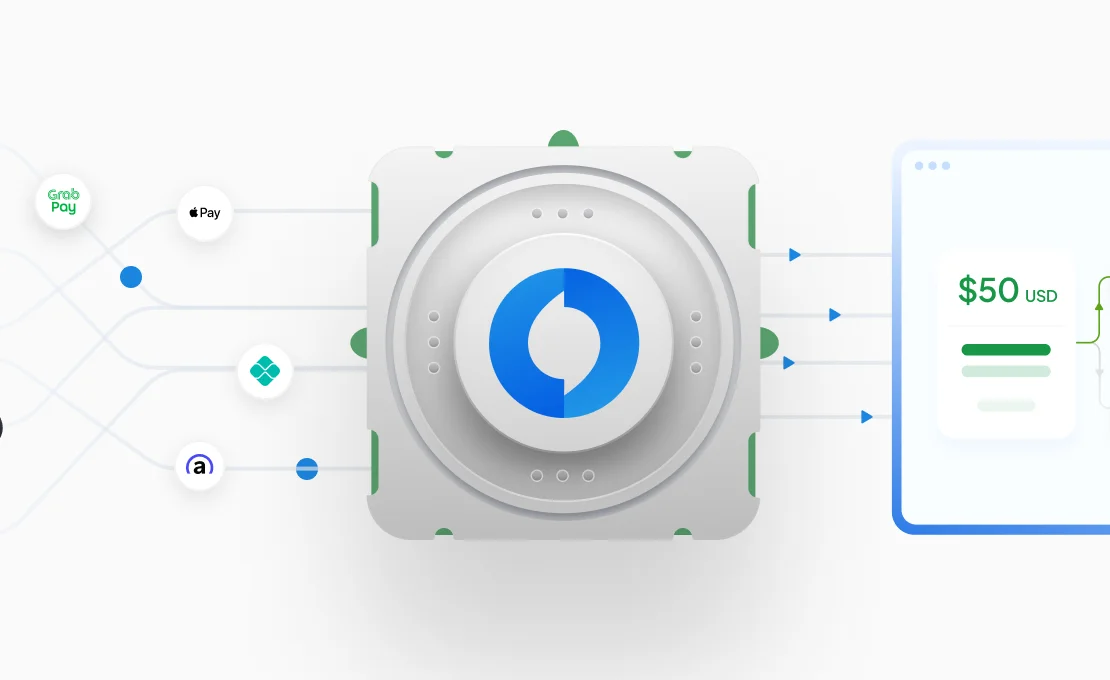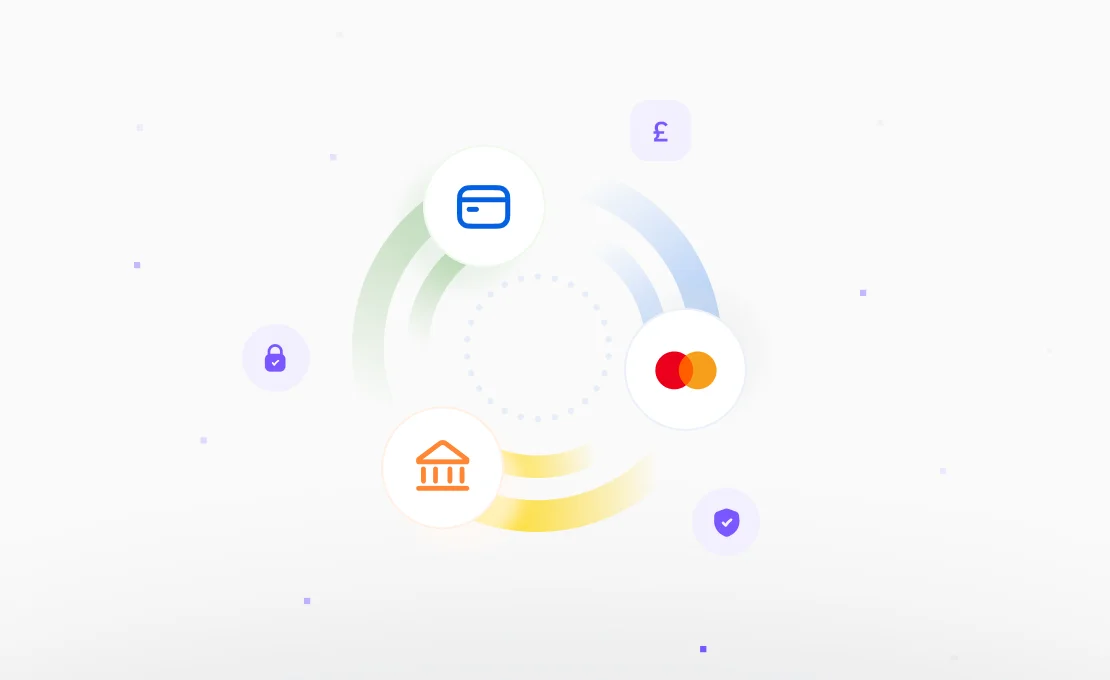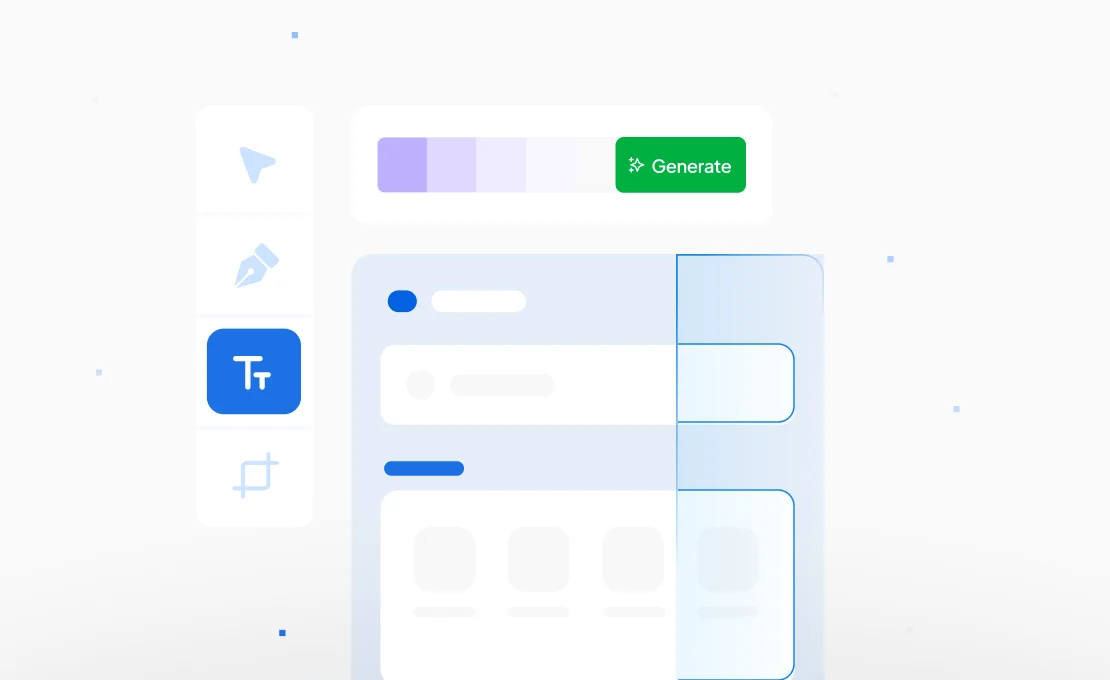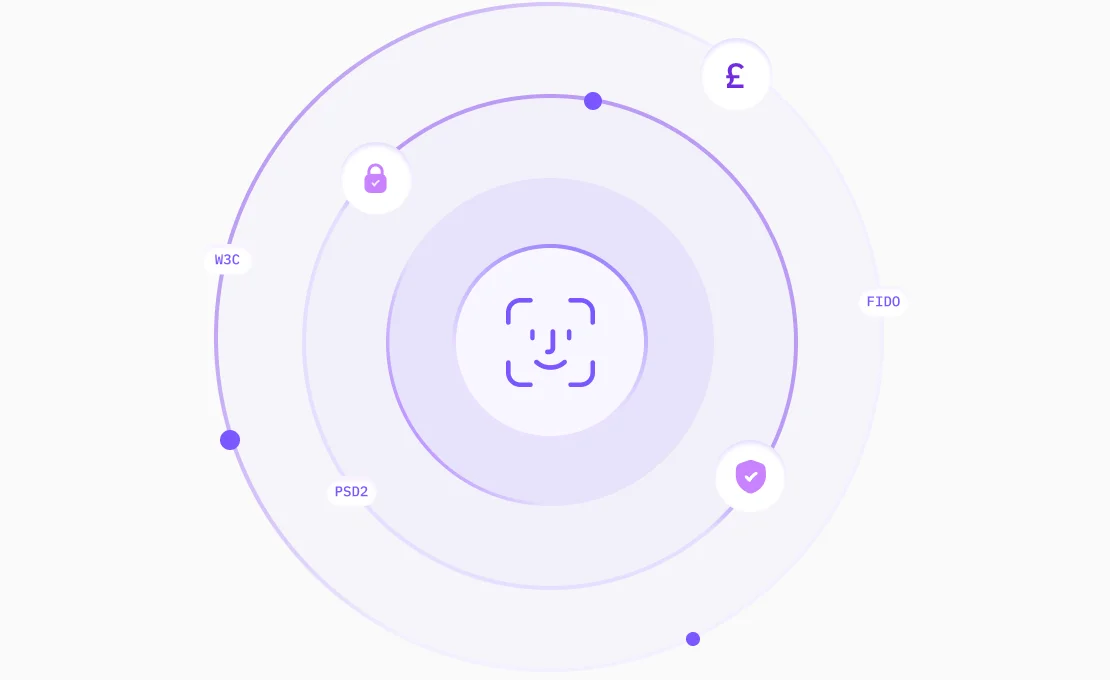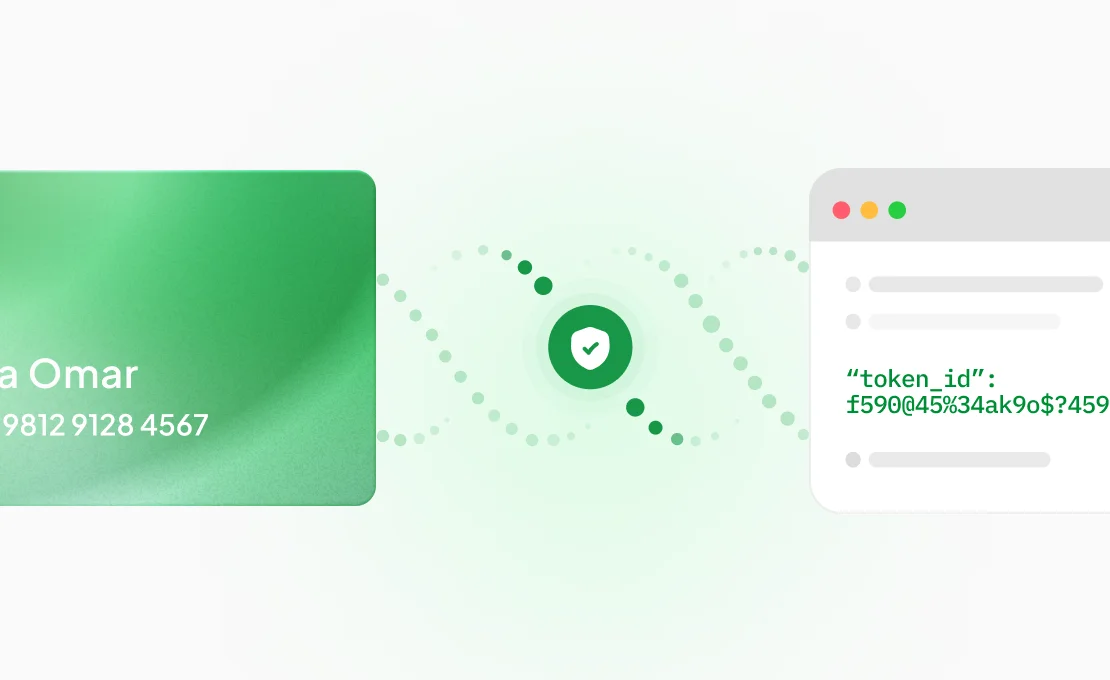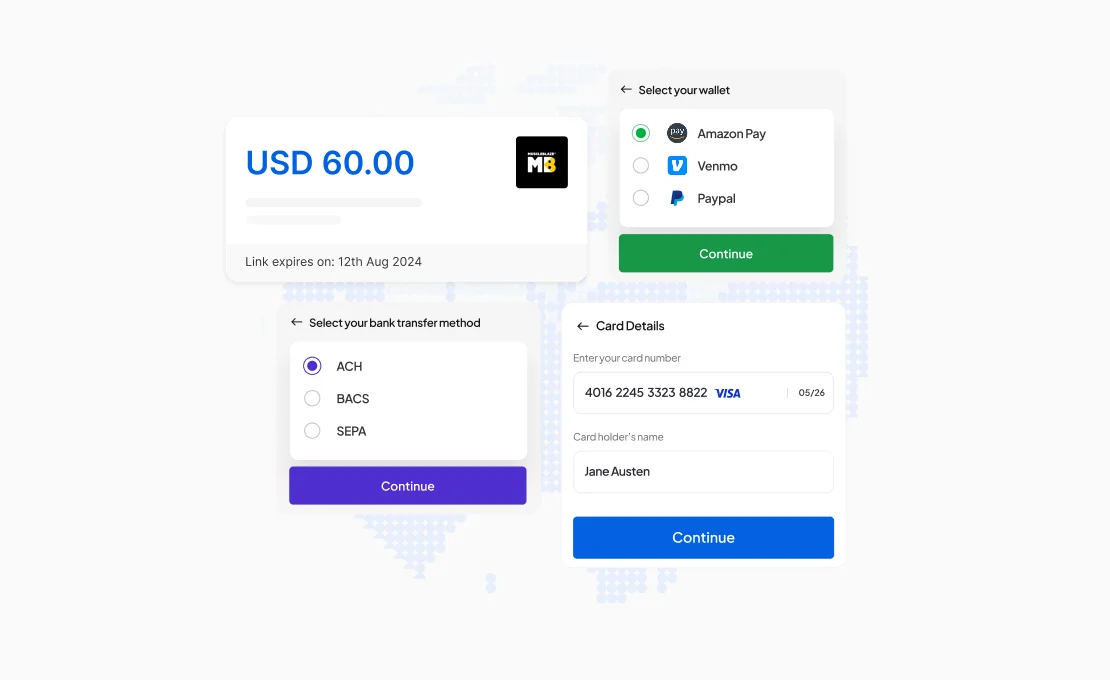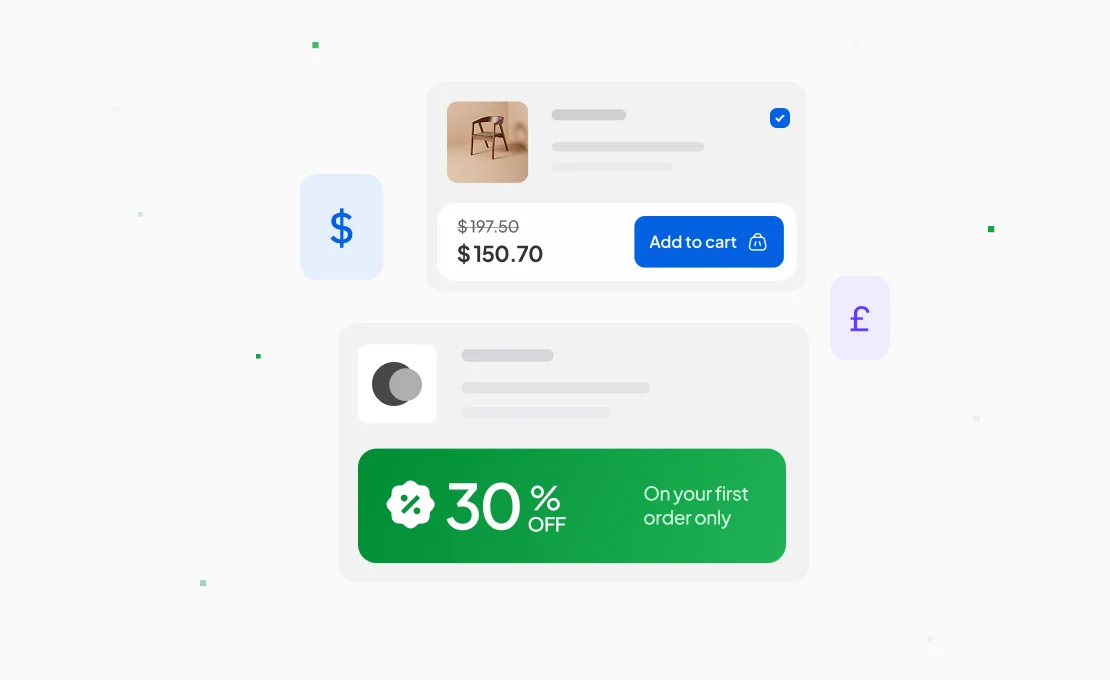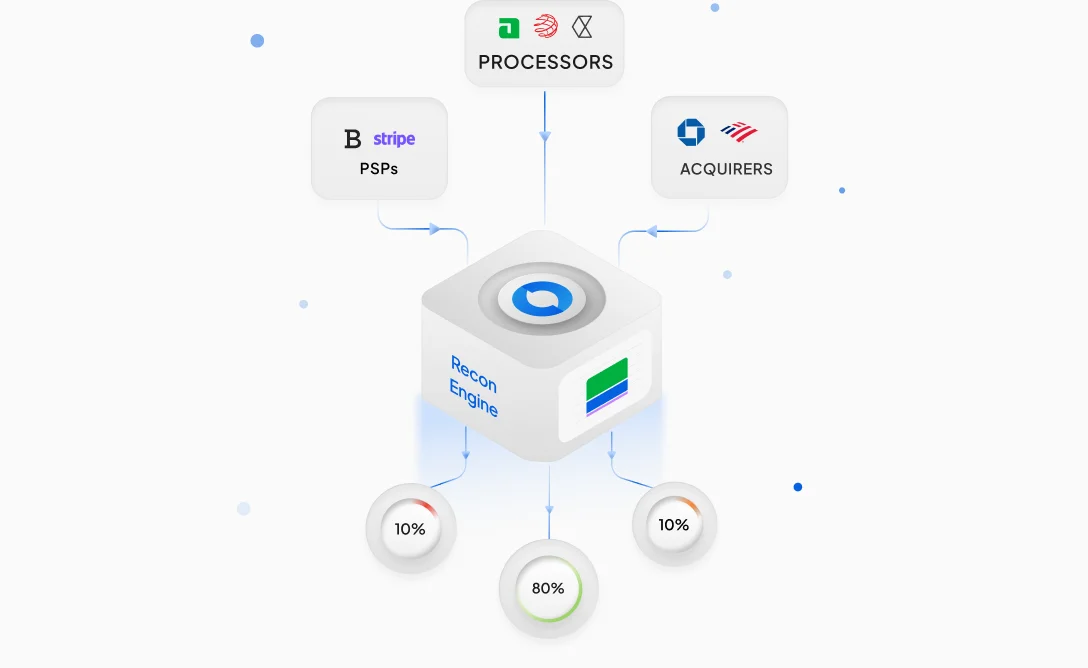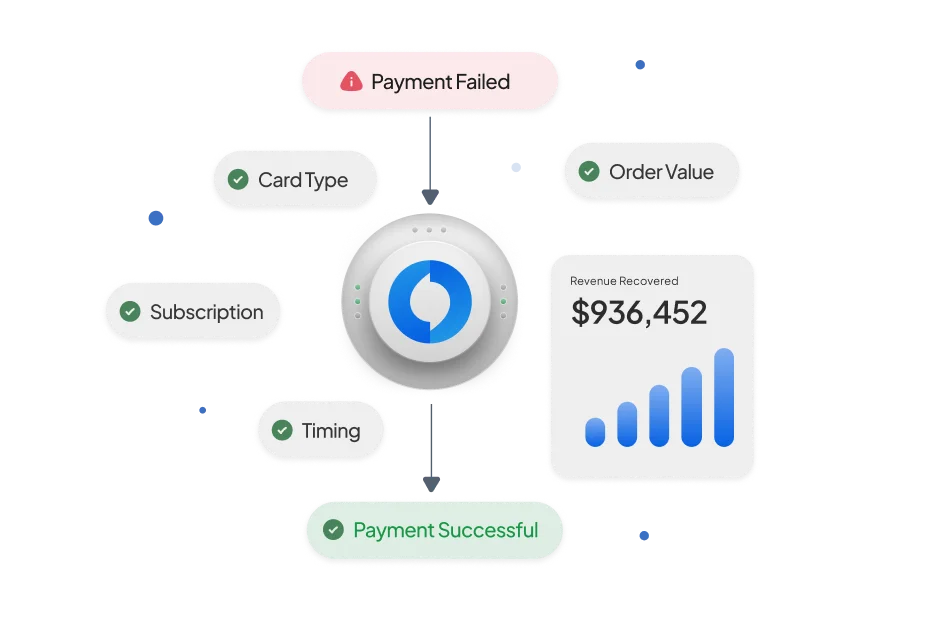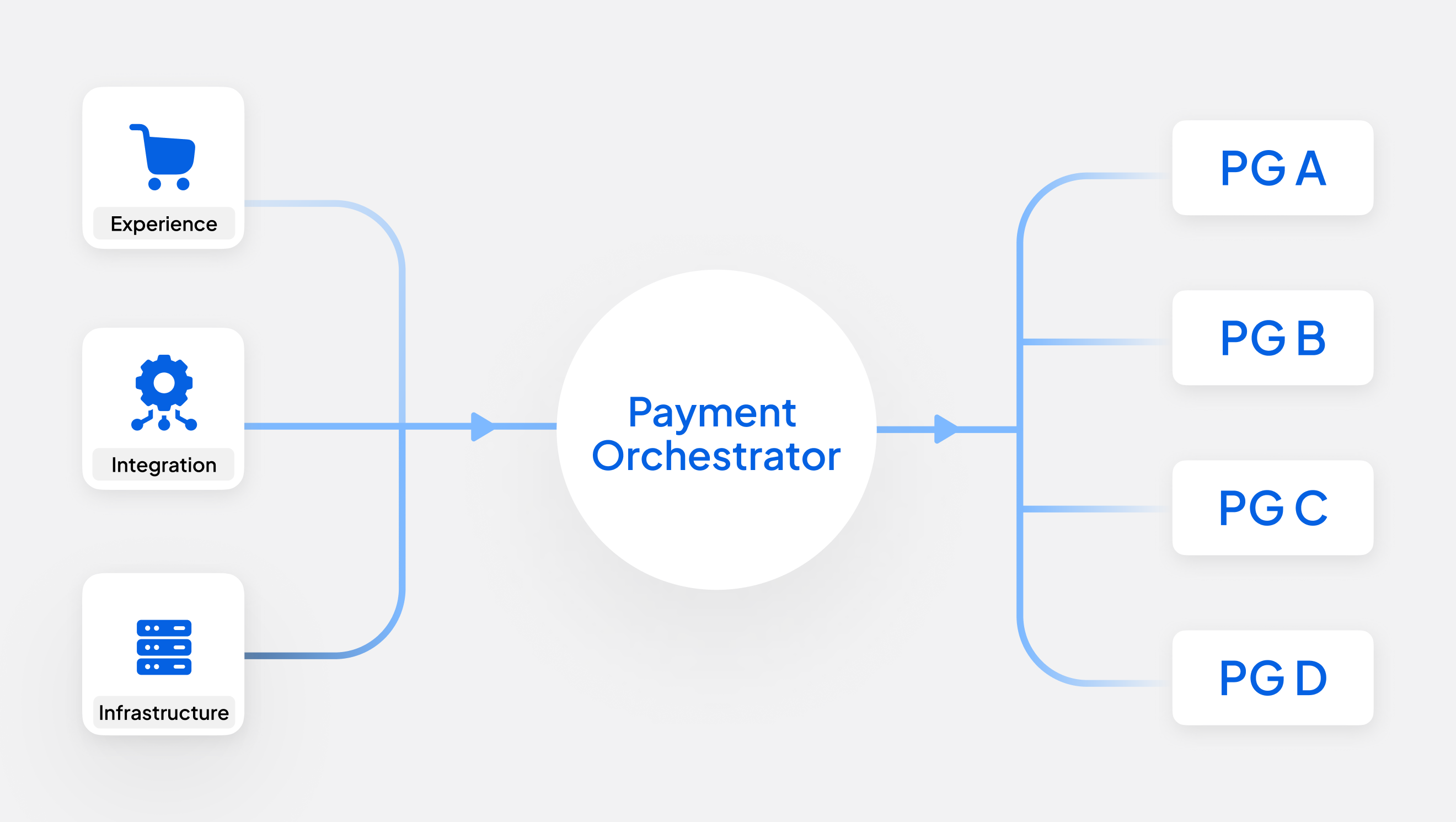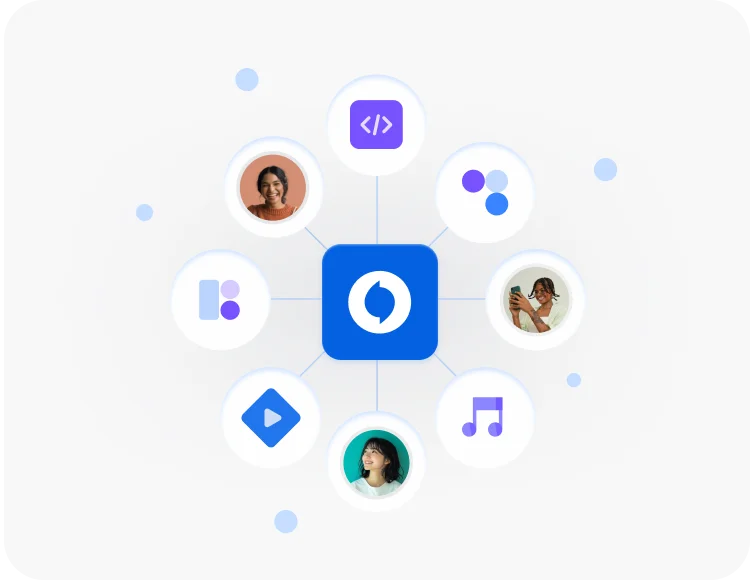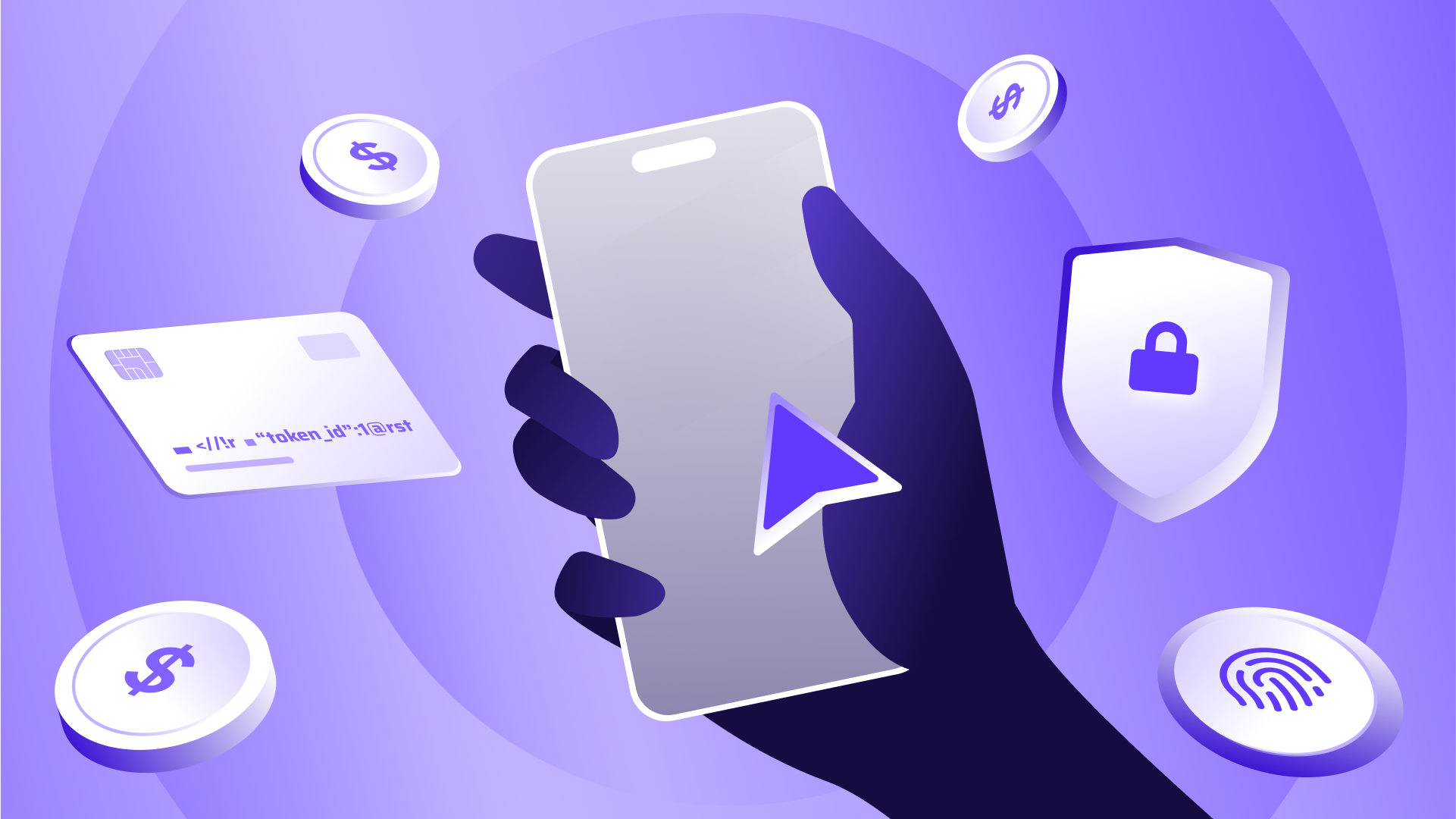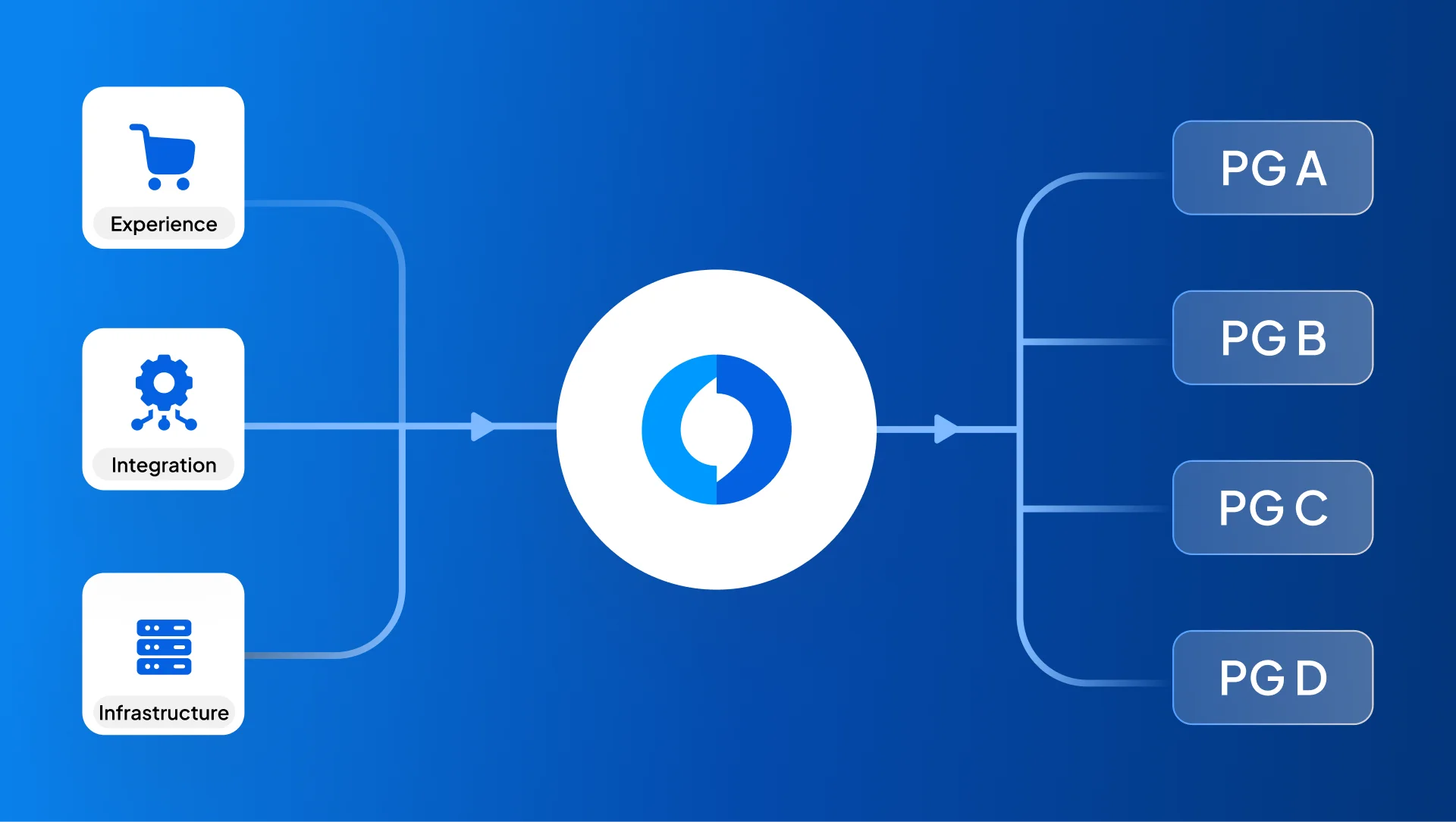If we are looking at an estimated 70% cart abandonment rate, with as much as 18% users citing the reason to be a long/complicated checkout process, the solution is simple. Users need an easy, quick, and secure way to checkout that eliminates any inclination to abandon their carts. This checkout experience has to take away the cognitive burden of filling out multiple fields of personal, shipping, and payment information and gratify customers instantly to avoid drop-offs. To minimize the effort of filling in data and remove complexity from the checkout experience, while solving cart abandonment and generating revenue at the same time, one-click payments can be the key determining factor for how your consumers interact with your business.
What is a one-click payment?
One-click payments allows consumers to pay with a single click or tap, without the perceived hassle of including any personal or payment information multiple times. This information is then securely tokenized and stored with a payment processor when the consumer enters it during their first purchase. All subsequent transactions use this data, allowing one-click payments to do away with the time-consuming steps that may require consumers to enter their details for every purchase on the same platform. A one-click payment enables faster checkouts, higher conversion, and retained custom.
How do one-click payments work?
The one-click payment makes checkouts faster by storing consumer information during their first purchase and enabling them to complete any payments after that with just one click. Let’s take a closer look at what goes on behind the scene in a one-click payment:
- Step 1: First purchase
During the first purchase, the consumer completes the entire checkout process, filling out all required information requested by the platform. Here, as per legal and regulatory requirements, the consumer must consent to their details being stored to be used for future payments.
- Step 2: Secure storage
The payment details for cards or bank accounts are then stored and tokenized by either the PSP or token vault provider like Juspay, that the business has partnered with. The payment details remain secure with the provider and are never stored on the merchant’s server. When a payment request is raised, the token is used by the merchant instead of accessing the actual card or bank information.
- Step 3: Subsequent purchases
When the consumer returns to the platform, their payment details are recognized using the relevant token and shows them the save payment method. They can then complete the payment with tapping one button on the checkout screen and easily authenticate it using biometric or device PIN.
Benefits of one-click payments:
- Faster checkouts
A one-click payment offers the convenience of making payments almost instantly, bypassing the tedious processes of entering payment details across forms and fields each time the consumer wants to buy from you. It takes the consumer seconds to complete the purchase and get on with their day.
- Higher conversions
The time it may take to fill out all details during checkout can allow the consumer to hesitate or face decision fatigue with their purchase. Reducing the friction in the checkout process also encourages consumers to go through with their purchase without dropping off despite significant buyer-intent. With return users able to complete their payments quicker, conversation rates can see a spike in purchase frequency.
- Reduced friction
The longer a consumer spends time at the checkout process, the likelier they are to abandon the cart altogether. Especially in the case of return consumers, having to enter payment details over and over can be a deterrent to completing purchases. One-click payments can help avoid this friction by enabling consumers to save more and spend less time when finishing a payment, and allowing businesses to retain the consumer with a quick checkout.
Do you need one-click payments for your business?
One-click payments can help with conversions and improved checkout experiences, here are a few things to consider if you’re looking to implement them for your business:
- High cart abandonment rates: If you’re observing high cart abandonment rates, this could be a sign of friction in your checkout process. Identify where your consumers are dropping off by analyzing your abandonment data to see if this friction is noticed during the time of account creation or form filling. In this case, a one-click payment solution can help reduce cart abandonment by taking away a significant point of friction at checkout.
- Consumer demographic: The decision to implement one-click payments can depend largely on your consumer demographic and behaviour. While these payments are quick and seamless, they also need consumers that are tech-savvy, mobile users to adapt to them. If you see these characteristics in your consumer base, enabling one-click payments can be a strategic move for your business.
- Products you sell: Compared to high-consideration products like luxury items, consumers are expected to spend less time deliberating when it comes to low-ticket, frequently bought items or impulse buys. A critical way to ensure these purchases are completed quickly, to offer instant gratification and convenience to consumers, is to enable one-click payments if your business sells those products.
- Repeat buyers: One-click payments are most valuable starting from the second payment onwards. If your business sees great retention and significant repeat customers, you may get the most out of storing their data securely and allowing them to make quick, one-click payments.
Enable one-click payments with Juspay
1-click wallet payments with Juspay - With Juspay, merchants can eliminate the need to switch between apps & boost checkout conversion rates. Simply link wallet account to the merchant app, allowing users to pay by inputting their PIN for the linked wallet account within the checkout page.
